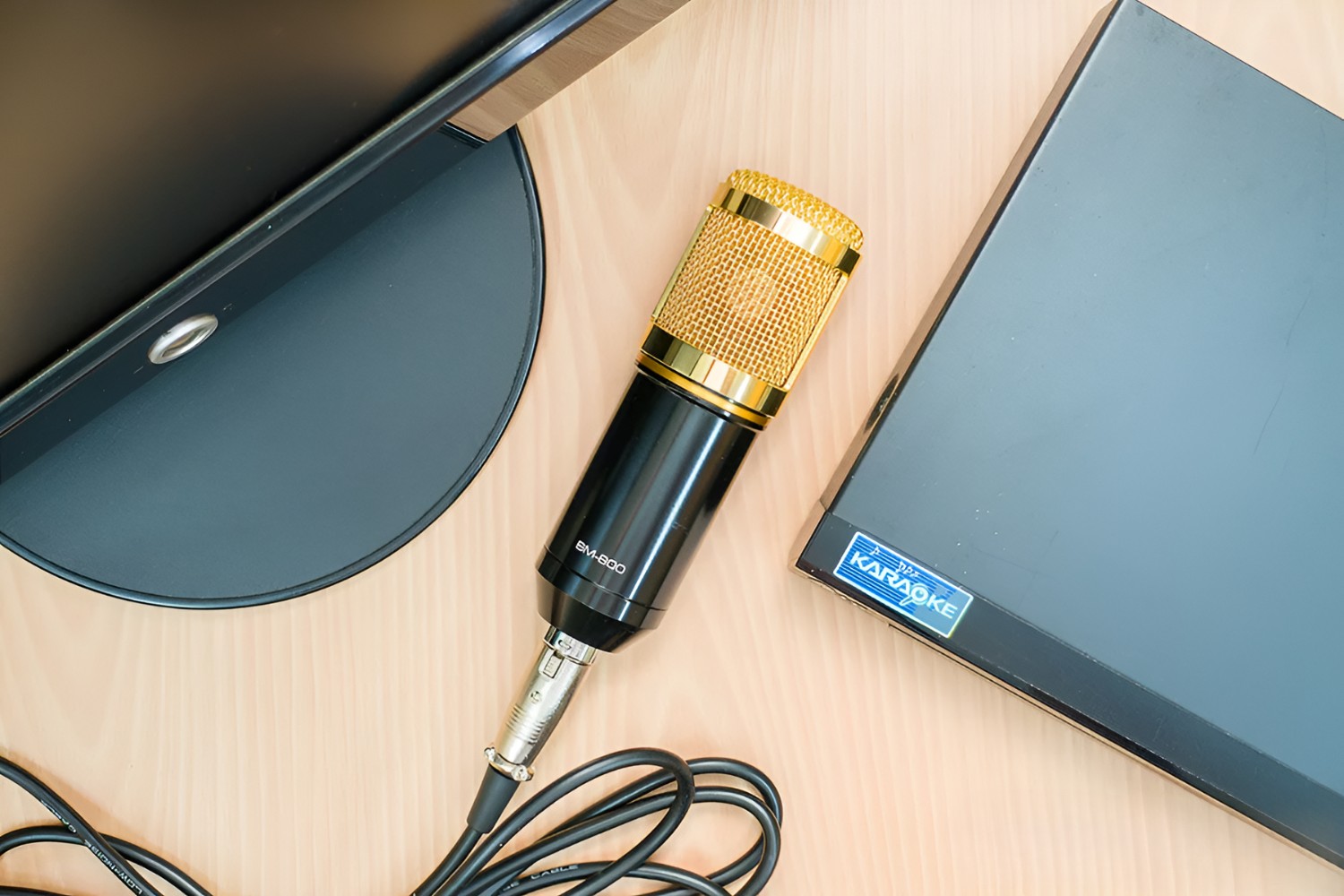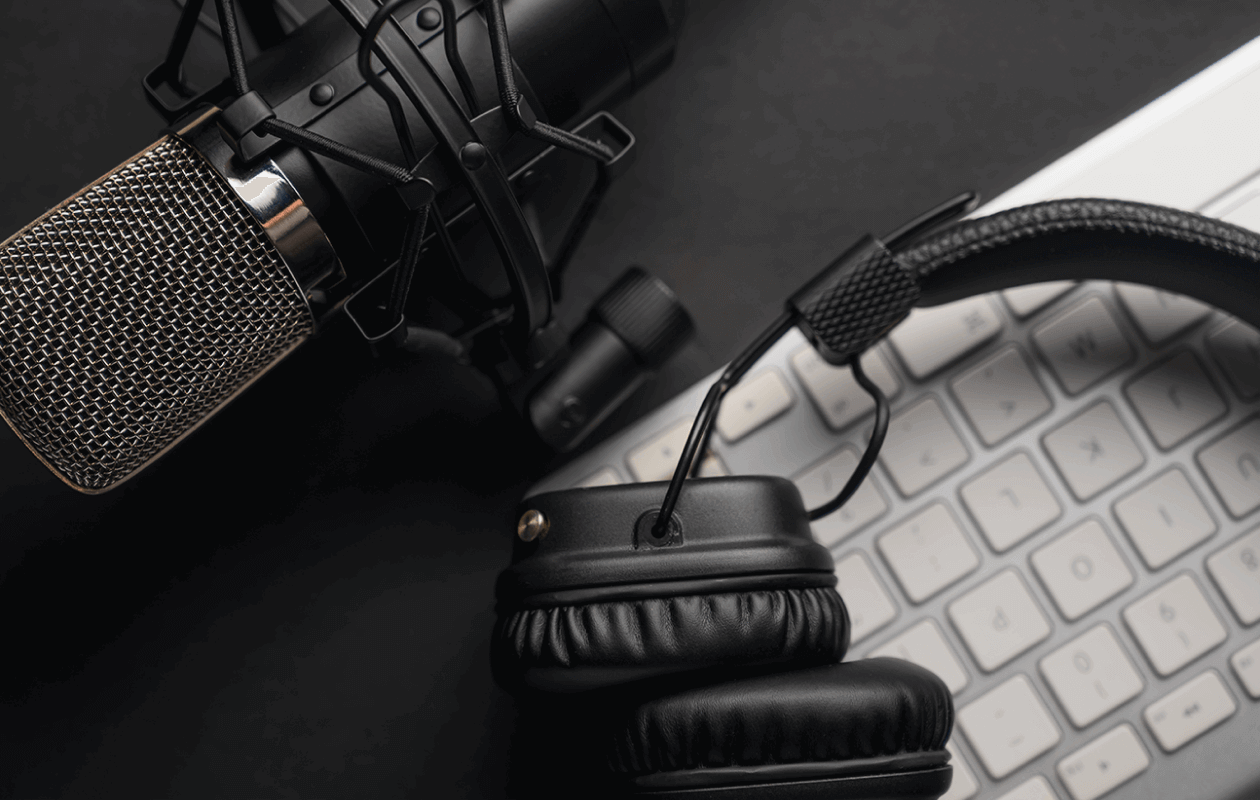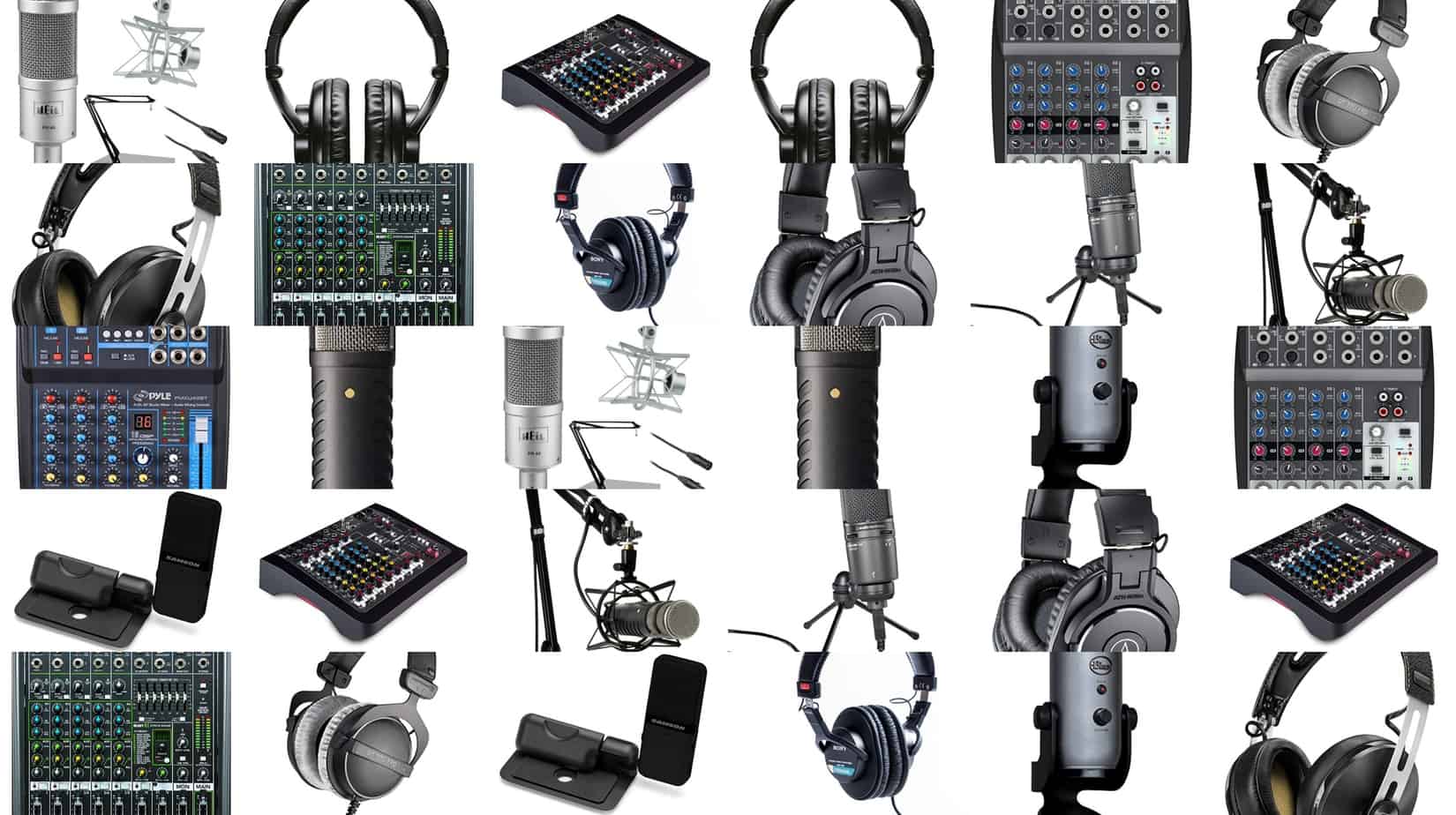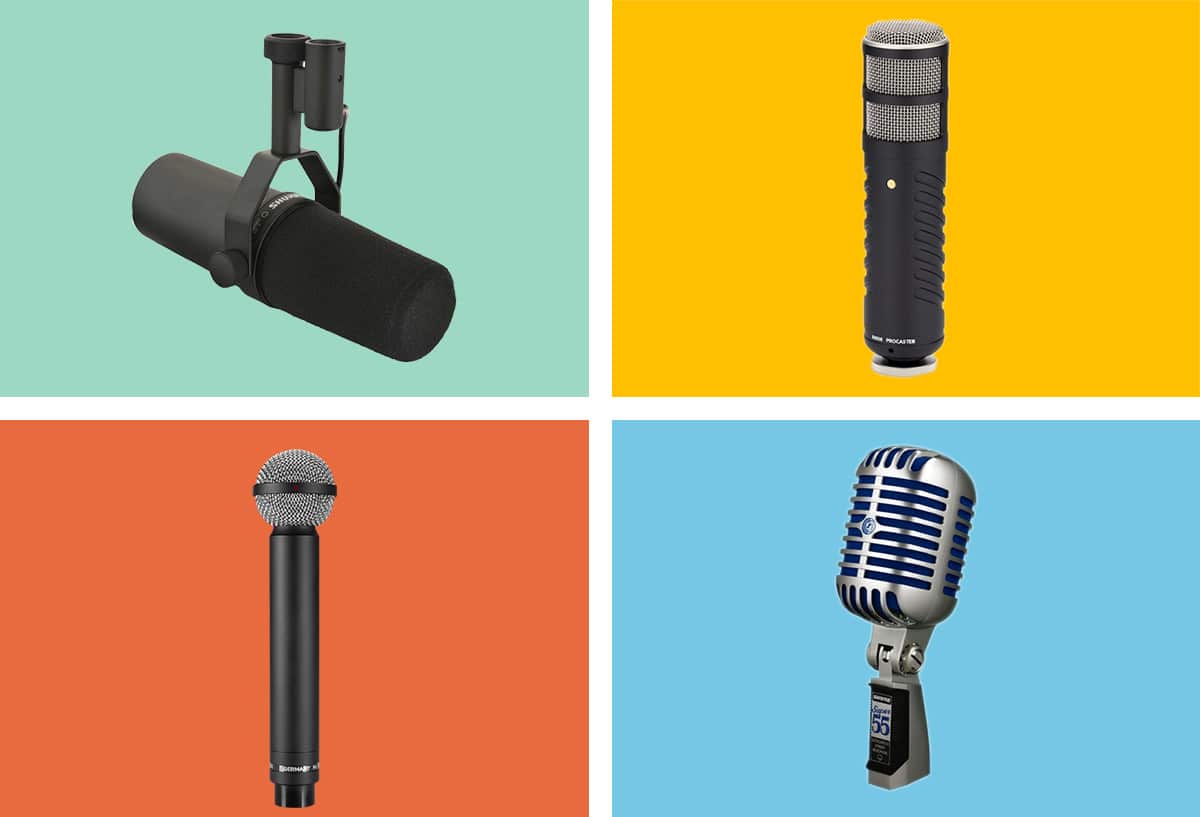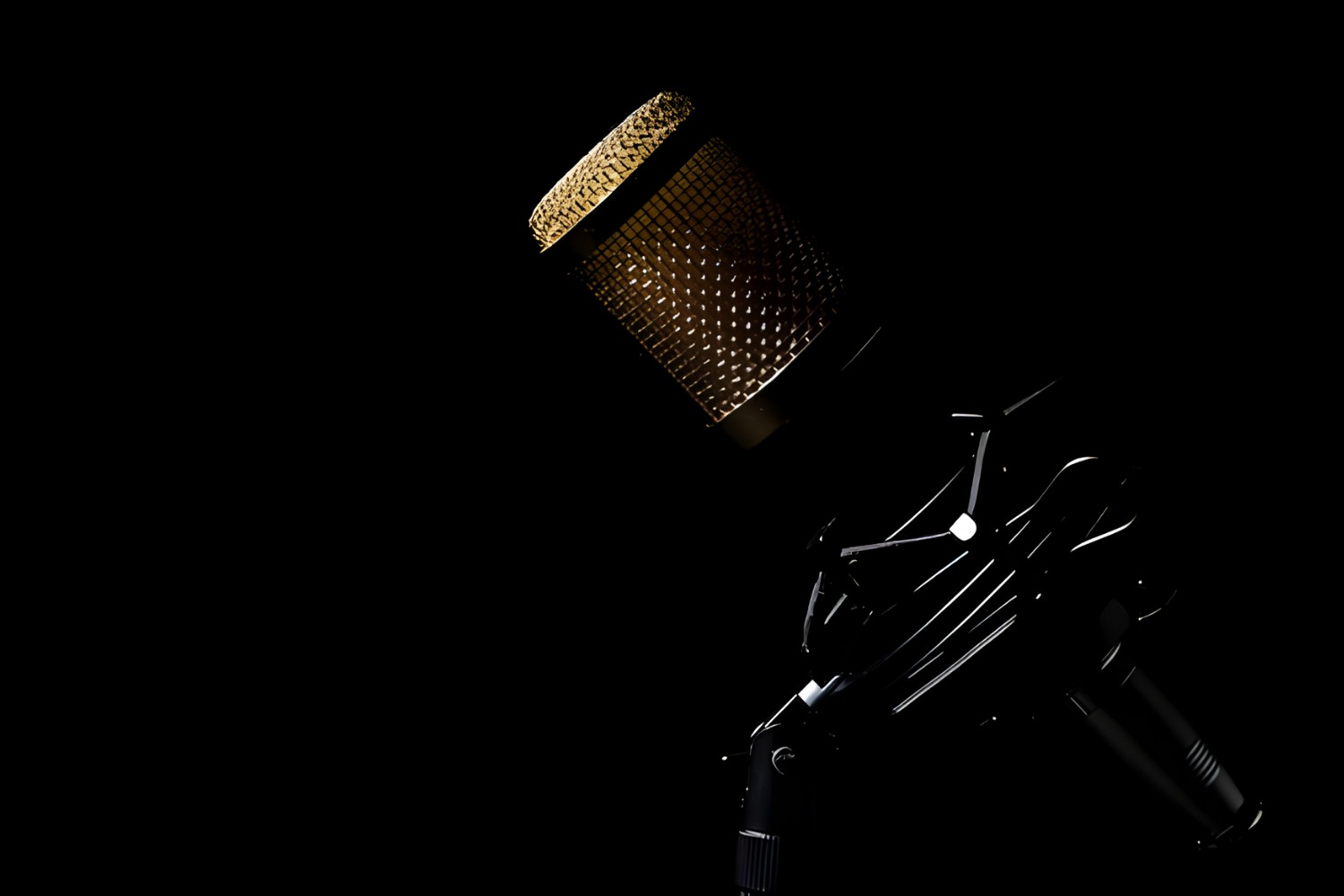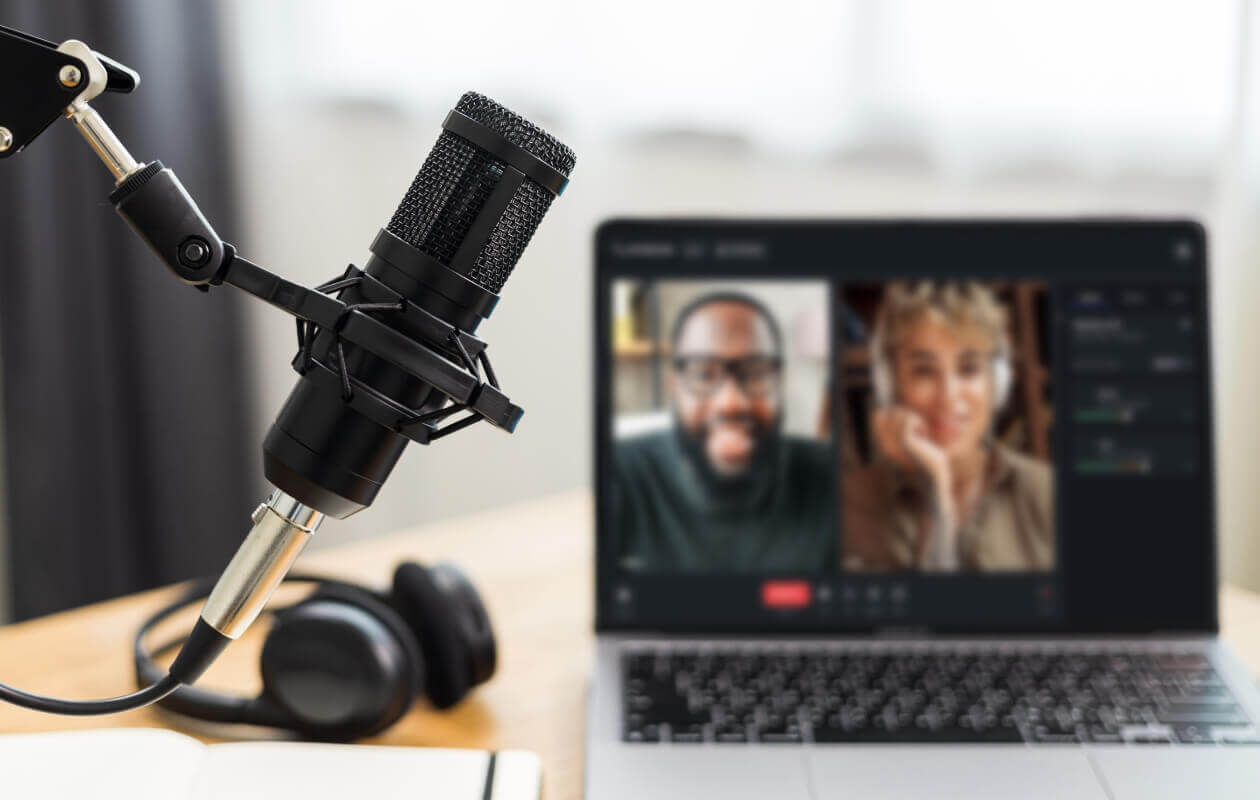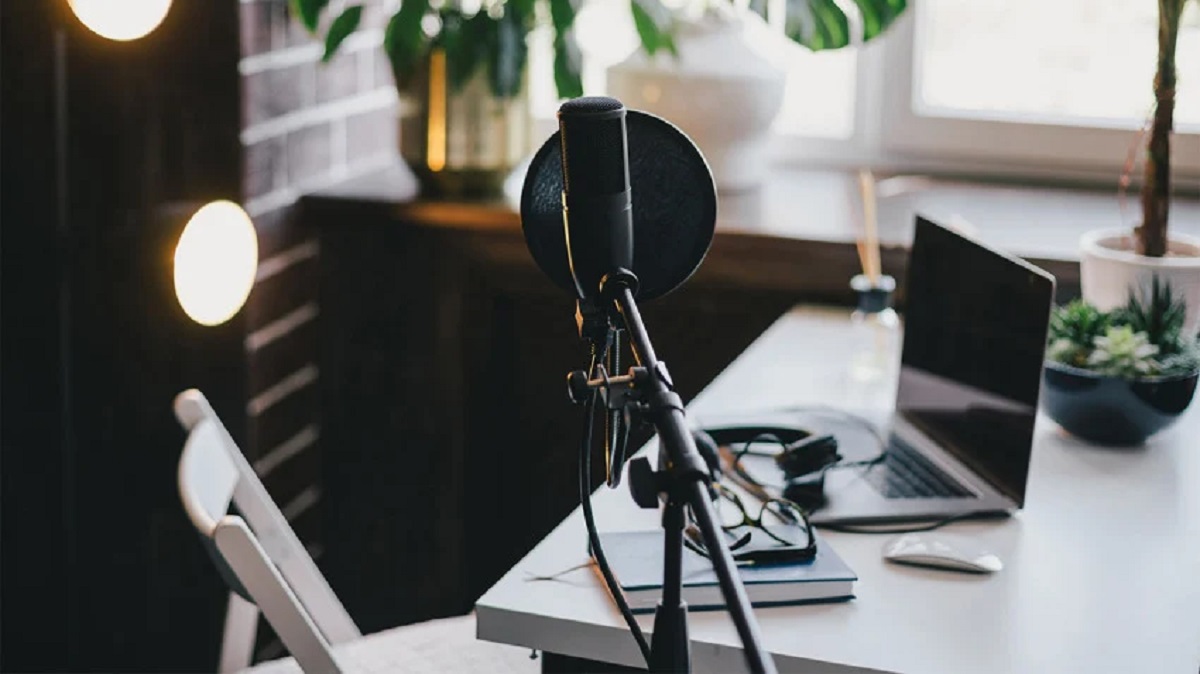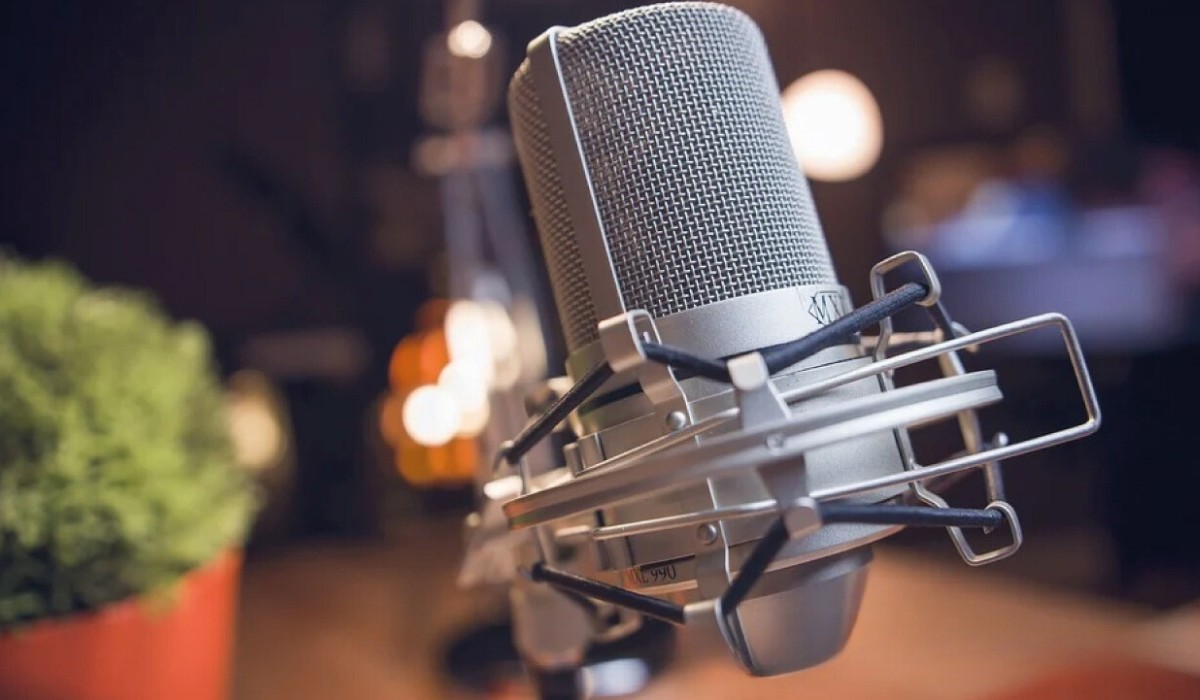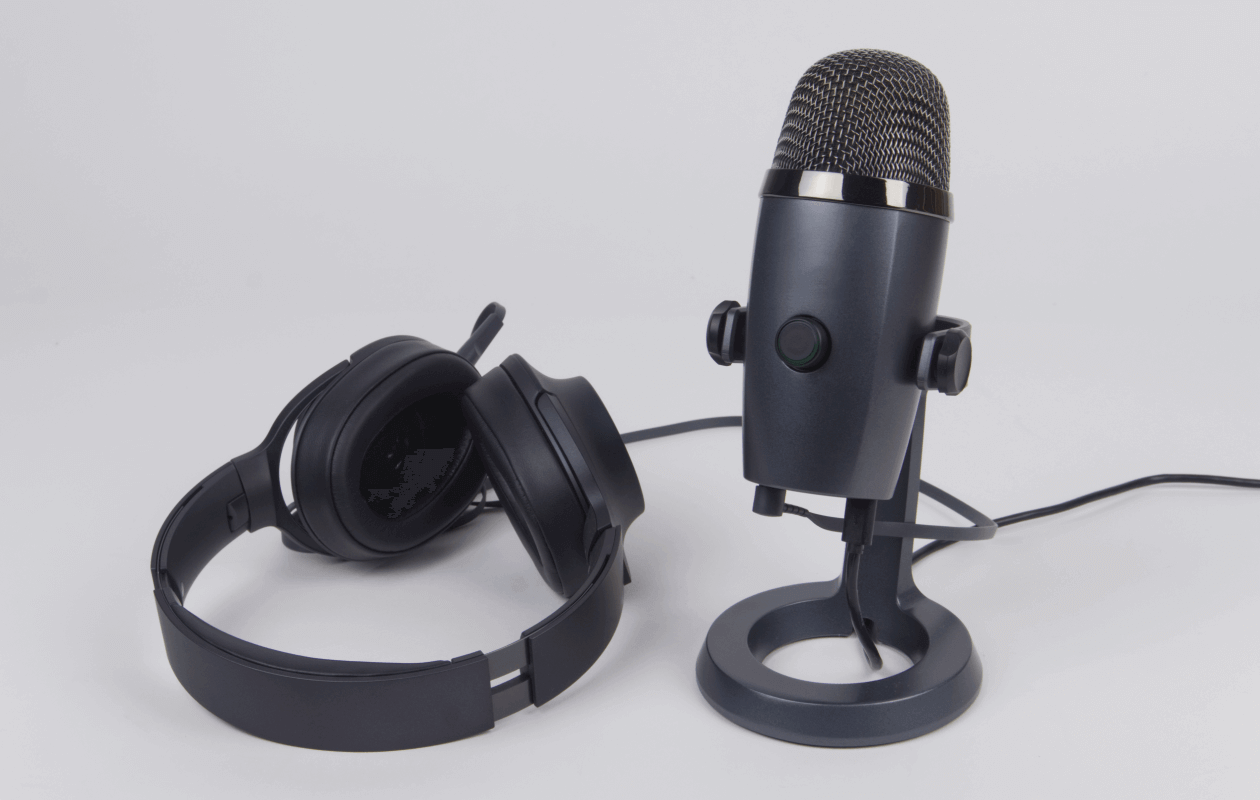Introduction
Understanding the Floureon BM-800 Condenser Microphone
The Floureon BM-800 condenser microphone is a popular choice for recording vocals, podcasts, and music. It is renowned for its clear and crisp sound quality, making it a favorite among content creators, musicians, and audio enthusiasts. However, like any microphone, the BM-800 is susceptible to picking up unwanted echoes during recordings, which can detract from the overall audio quality. Dealing with echo issues can be frustrating, but with the right knowledge and techniques, it is possible to minimize or eliminate echo on the BM-800 microphone.
In this comprehensive guide, we will delve into the common causes of echo on the Floureon BM-800 condenser microphone and provide practical tips to help you effectively reduce or eliminate echo during your recordings. Whether you are a seasoned audio professional or a beginner exploring the world of sound recording, this guide will equip you with valuable insights to optimize your microphone setup and enhance the quality of your audio productions.
Understanding the unique characteristics of the Floureon BM-800 microphone is crucial for addressing echo-related challenges. By gaining a deeper understanding of this microphone's features and functionality, you can make informed decisions when troubleshooting echo issues. Let's explore the key attributes of the Floureon BM-800 condenser microphone and unravel the mysteries behind echo problems that may arise during its use.
Understanding the Floureon BM-800 Condenser Microphone
The Floureon BM-800 condenser microphone is a versatile and sensitive audio capture device that is widely favored for its exceptional sound reproduction capabilities. Unlike dynamic microphones, condenser microphones like the BM-800 are known for their ability to capture a wide frequency range and deliver detailed, transparent sound. This makes the BM-800 an ideal choice for recording vocals, acoustic instruments, and ambient sounds.
One of the defining features of the BM-800 is its cardioid polar pattern, which means it primarily captures sound from the front while minimizing pickup from the sides and rear. This directional characteristic makes the BM-800 suitable for isolating the desired sound source and reducing ambient noise and room reflections, thereby contributing to a cleaner audio signal. However, despite its impressive performance, the BM-800 is not immune to echo and reverberation issues, especially when used in untreated or acoustically challenging environments.
It is essential to recognize that the BM-800’s sensitivity to echoes is influenced by its condenser capsule, which is designed to capture subtle nuances and sonic details. While this sensitivity is advantageous for capturing intricate audio nuances, it also means that the microphone can inadvertently pick up echoes, room reflections, and reverberations, particularly in acoustically reflective spaces.
Furthermore, the BM-800 operates on phantom power, typically supplied by an audio interface or mixer. The reliance on phantom power enables the microphone to maintain its high sensitivity and wide frequency response. However, inadequate or fluctuating phantom power can contribute to signal instability and introduce unwanted artifacts, including echo and distortion.
By understanding the technical characteristics and operational principles of the Floureon BM-800 condenser microphone, users can gain valuable insights into the factors that influence echo and reverberation during recording sessions. Armed with this knowledge, individuals can take proactive measures to mitigate echo issues and optimize the microphone’s performance in diverse recording environments.
Common Causes of Echo on Mic
When encountering echo issues while using the Floureon BM-800 condenser microphone, it is essential to identify the underlying factors that contribute to the presence of unwanted reverberations in recorded audio. Understanding the common causes of echo on the mic is pivotal in implementing targeted solutions to address and eliminate these issues.
One prevalent cause of echo on the BM-800 microphone is the acoustic properties of the recording environment. Rooms with hard, reflective surfaces such as bare walls, tiled floors, and glass windows can exacerbate echo and reverberation, leading to a degradation of audio quality. The reflective nature of these surfaces causes sound waves to bounce and linger, resulting in a perceptible echo in the recorded audio. Additionally, large, open spaces with high ceilings can exacerbate echo problems due to the extended sound reflections within the room.
Another contributing factor to echo on the BM-800 mic is improper microphone placement. Placing the microphone too far from the sound source can increase the likelihood of capturing ambient reflections and room reverberations, thereby introducing echo into the recording. Conversely, positioning the microphone too close to reflective surfaces or corners can also lead to echo-related issues as the sound waves bounce off these surfaces and interfere with the primary audio signal.
Furthermore, inadequate acoustic treatment in the recording space can significantly impact the presence of echo on the BM-800 microphone. Absorptive materials, such as acoustic panels, foam, and bass traps, are instrumental in minimizing echo and reverberation by attenuating the reflections and dampening excessive room resonance. The absence of sufficient acoustic treatment can result in a pronounced echo effect, compromising the clarity and intelligibility of recorded audio.
Moreover, technical factors, such as suboptimal phantom power supply, improper gain staging, and signal chain anomalies, can contribute to echo issues on the BM-800 microphone. Inconsistent or insufficient phantom power can compromise the microphone’s performance, leading to signal instability and potential echo artifacts. Additionally, improper gain settings and signal processing configurations can introduce echo and unwanted artifacts into the recorded audio, necessitating meticulous attention to signal routing and processing parameters.
By recognizing these common causes of echo on the Floureon BM-800 condenser microphone, users can proactively address these factors and implement targeted strategies to mitigate and eliminate echo-related challenges, thereby enhancing the overall audio recording experience and quality.
Tips for Getting Rid of Echo on Mic
Effectively mitigating echo on the Floureon BM-800 condenser microphone entails the implementation of practical strategies aimed at optimizing the recording environment, microphone setup, and technical configurations. By leveraging targeted tips and techniques, users can significantly reduce or eliminate echo-related issues, thereby enhancing the clarity and fidelity of recorded audio.
- Optimize the Recording Environment: Addressing the acoustic characteristics of the recording space is pivotal in minimizing echo on the BM-800 microphone. Introducing acoustic treatment, such as absorptive panels, diffusers, and bass traps, can attenuate reflections and dampen reverberations, thereby reducing the prevalence of echo in recorded audio.
- Strategic Microphone Placement: Positioning the BM-800 microphone closer to the sound source while maintaining an appropriate distance from reflective surfaces can help minimize the capture of unwanted room reflections, consequently reducing echo in recordings. Additionally, angling the microphone to minimize direct exposure to reflective surfaces can further mitigate echo-related issues.
- Utilize Pop Filters and Windscreens: Employing pop filters and windscreens can aid in reducing plosives and extraneous noise, contributing to a cleaner audio signal and minimizing the potential for echo artifacts in recordings.
- Ensure Stable Phantom Power: Verifying the stability and adequacy of phantom power supplied to the BM-800 microphone is crucial for maintaining signal integrity and minimizing potential echo and distortion issues. Using a reliable audio interface or mixer with consistent phantom power delivery is essential for optimal microphone performance.
- Monitor Gain Staging: Carefully setting the microphone’s gain level and monitoring the overall signal chain to prevent signal clipping and distortion can help maintain a clean, artifact-free audio signal, reducing the likelihood of echo and unwanted artifacts in recordings.
- Utilize Post-Processing Tools: Leveraging digital audio workstations (DAWs) and signal processing plugins to apply targeted equalization, compression, and reverb reduction can help mitigate echo and reverberation issues in recorded audio, enhancing the overall clarity and intelligibility of the final output.
By implementing these practical tips and techniques, users can effectively address echo-related challenges when using the Floureon BM-800 condenser microphone, ultimately optimizing the audio recording process and elevating the quality of recorded content.
Conclusion
In conclusion, addressing echo issues on the Floureon BM-800 condenser microphone necessitates a multifaceted approach that encompasses environmental modifications, strategic microphone placement, technical optimizations, and post-processing interventions. By understanding the unique characteristics of the BM-800 microphone and recognizing the common causes of echo, users can proactively implement targeted strategies to mitigate and eliminate echo-related challenges, thereby elevating the overall audio recording experience.
Optimizing the recording environment through the incorporation of acoustic treatment and strategic placement of the microphone can significantly reduce the impact of room reflections and reverberations, consequently minimizing the presence of echo in recorded audio. Additionally, ensuring stable phantom power, monitoring gain staging, and leveraging post-processing tools enable users to maintain signal integrity, mitigate unwanted artifacts, and enhance the clarity and fidelity of the recorded audio.
Furthermore, the utilization of pop filters, windscreens, and meticulous attention to microphone positioning contributes to a cleaner audio signal, reducing the likelihood of capturing unwanted echoes and room reflections. By implementing these practical tips and techniques, content creators, musicians, and audio enthusiasts can effectively address echo-related challenges, ultimately optimizing the performance of the Floureon BM-800 microphone and elevating the quality of their audio productions.
In essence, the journey to getting rid of echo on the BM-800 microphone is characterized by a blend of technical proficiency, environmental modifications, and creative interventions, all aimed at achieving pristine and artifact-free audio recordings. By embracing these strategies, users can unlock the full potential of the BM-800 microphone and embark on a sonic exploration marked by clarity, precision, and uncompromised audio quality.







